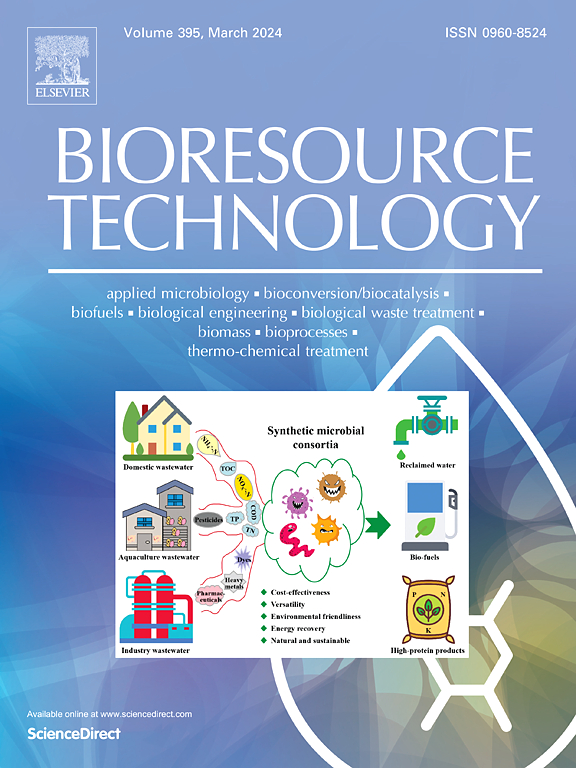Perspectives on adhesion and irreversible fouling to delineate mitigation effects of autoinducer-2 mediated quorum quenching on biofouling
IF 9.7
1区 环境科学与生态学
Q1 AGRICULTURAL ENGINEERING
引用次数: 0
Abstract
This study systematically investigated the effect of interfering with autoinducer-2 (AI-2) signaling system on controlling initial fouling attachment and irreversible components. Exposure of bacteria to the inhibitor significantly reduced the expression of the luxS gene, which resulted in a 37.3% reduction of AI-2 signaling molecule synthesis. Expression of flagellin and kinesin, which determine bacteria adhesion properties, and virulence genes was significantly down-regulated. AI-2 quorum quenching (QQ) significantly suppressed the initial biofilm growth and inhibition efficiency was positively correlated with bacteria concentration. Extracellular polymeric substances accumulation decreased by 40.8% in QQ experiment relative to the control, thus mitigating the flux decline. Polysaccharides, which constitute irreversible components, were significantly reduced by 69.3% with presence of inhibitor. AI-2 QQ altered protein and peptide structure of fouling layer, which converted irreversible fouling into reversible fouling. These findings contributed to the understanding of QQ susceptibility to initial fouling, providing a theoretical basis for engineering applications.

求助全文
约1分钟内获得全文
求助全文
来源期刊

Bioresource Technology
工程技术-能源与燃料
CiteScore
20.80
自引率
19.30%
发文量
2013
审稿时长
12 days
期刊介绍:
Bioresource Technology publishes original articles, review articles, case studies, and short communications covering the fundamentals, applications, and management of bioresource technology. The journal seeks to advance and disseminate knowledge across various areas related to biomass, biological waste treatment, bioenergy, biotransformations, bioresource systems analysis, and associated conversion or production technologies.
Topics include:
• Biofuels: liquid and gaseous biofuels production, modeling and economics
• Bioprocesses and bioproducts: biocatalysis and fermentations
• Biomass and feedstocks utilization: bioconversion of agro-industrial residues
• Environmental protection: biological waste treatment
• Thermochemical conversion of biomass: combustion, pyrolysis, gasification, catalysis.
 求助内容:
求助内容: 应助结果提醒方式:
应助结果提醒方式:


